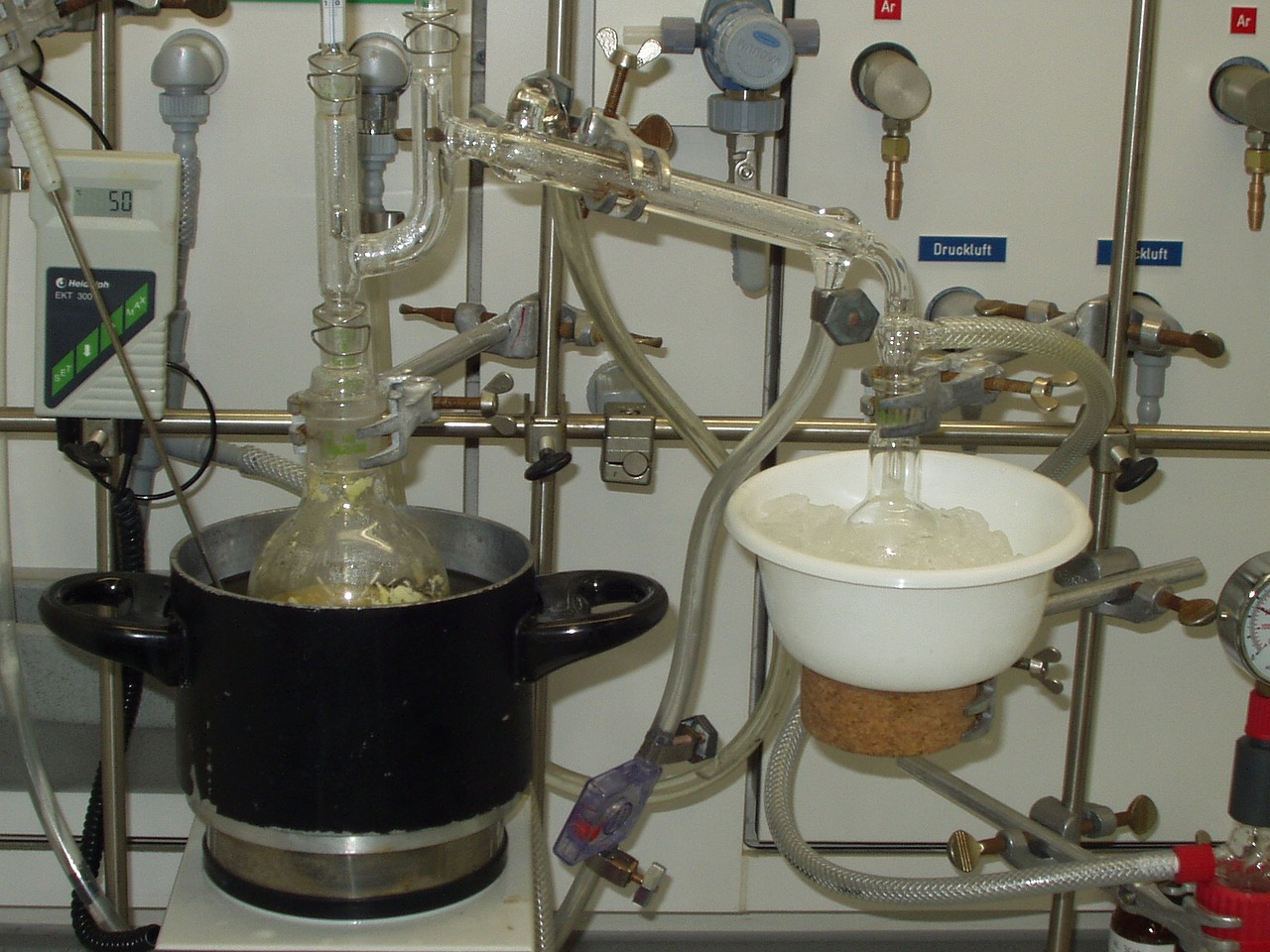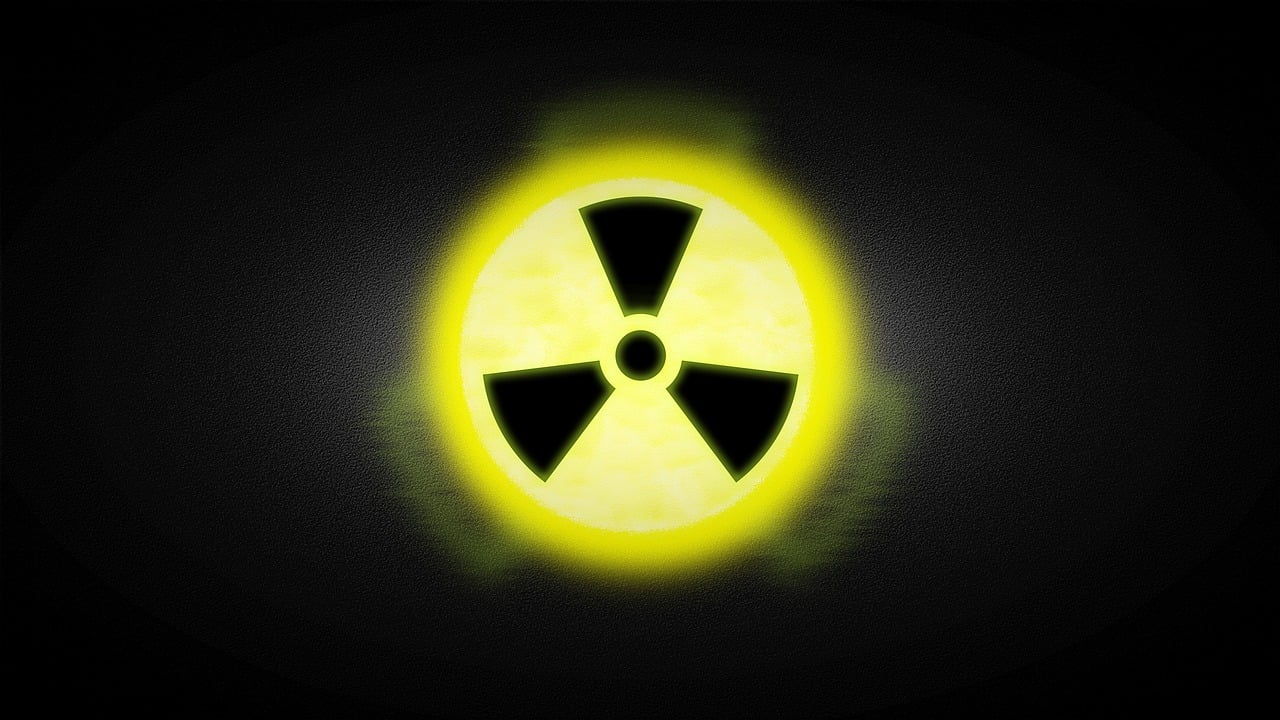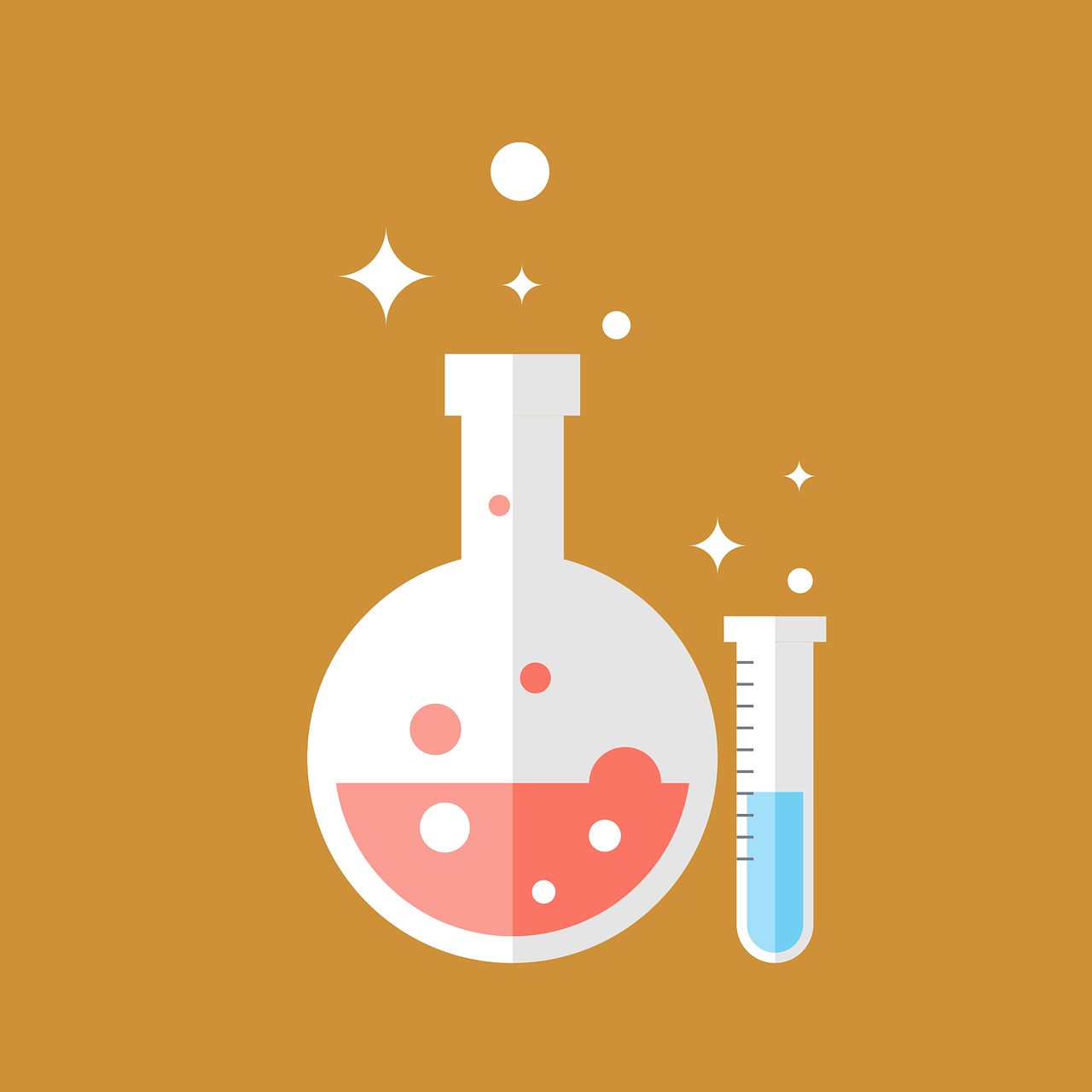In the intricate dance of molecules, where substances intermingle and compounds combine, the art of separation takes center stage. Distillation, a time-honored process rooted in the principles of thermodynamics, emerges as a star performer in the realm of chemical engineering. With a swirl of heat and a dash of precision, distillation transforms complex mixtures into pure substances, unlocking a world of possibilities across industries. In this article, we venture into the captivating realm of distillation, unraveling its inner workings and showcasing its vital role in separating mixtures for purity and profit.
The Symphony of Separation: An Introduction to Distillation
Distillation is a separation technique that capitalizes on differences in boiling points to purify or separate liquid mixtures. It’s a process akin to orchestrating a symphony, where components of the mixture take turns dancing into vapor and then condensing back into liquid, creating distinct phases that can be collected and utilized.
Components of Distillation: A Closer Look
Distillation systems comprise essential components that orchestrate the separation symphony. The distillation flask holds the mixture to be separated, while the distillation column provides a stage for vaporization and condensation. A heat source, often a Bunsen burner or an electric heater, sets the rhythm of the process. And the condenser, a cooling apparatus, transforms vapor back into liquid, completing the cycle.
The Role of Boiling Points: Separating by Temperature
At the heart of distillation lies the principle of boiling points. When a mixture is heated, the substance with the lower boiling point vaporizes first, rising through the distillation column. As it cools and condenses, it’s collected as a purified liquid. The substance with the higher boiling point remains in the flask, separated from its companions.
Types of Distillation: Unveiling the Techniques
Distillation manifests in various forms, each tailored to specific applications. Simple distillation, suitable for mixtures with significantly different boiling points, is a straightforward process. Fractional distillation, on the other hand, employs a column with fractionating sections to handle mixtures with closer boiling points, ensuring finer separation. Vacuum distillation, performed at reduced pressure, facilitates separation of heat-sensitive substances.
Industrial Applications: From Fine Spirits to Petrochemicals
The realm of distillation stretches across diverse industries. In the world of spirits, distillation brings forth the character and flavor of beverages like whiskey and vodka. In petrochemical refineries, crude oil is distilled into its various components, such as gasoline and diesel. Distillation plays a vital role in the production of pharmaceuticals, fragrances, essential oils, and even purified water.
Challenges and Innovations: Perfecting the Symphony
While distillation is a powerful tool, it’s not without challenges. Azeotropes, mixtures with constant boiling points, can prove difficult to separate. Energy efficiency and sustainability are also focal points, with ongoing research focused on optimizing distillation processes and reducing environmental impact.
Conclusion: The Elegance of Separation
Distillation is more than a scientific process; it’s an art form that weaves together chemistry, thermodynamics, and engineering prowess. With its ability to unravel mixtures and isolate compounds, distillation stands as a cornerstone of chemical engineering, shaping industries and enriching our lives. From the swaying fields of distilleries to the towering columns of refineries, the symphony of separation plays on, transforming complex concoctions into pure and profitable compositions.















